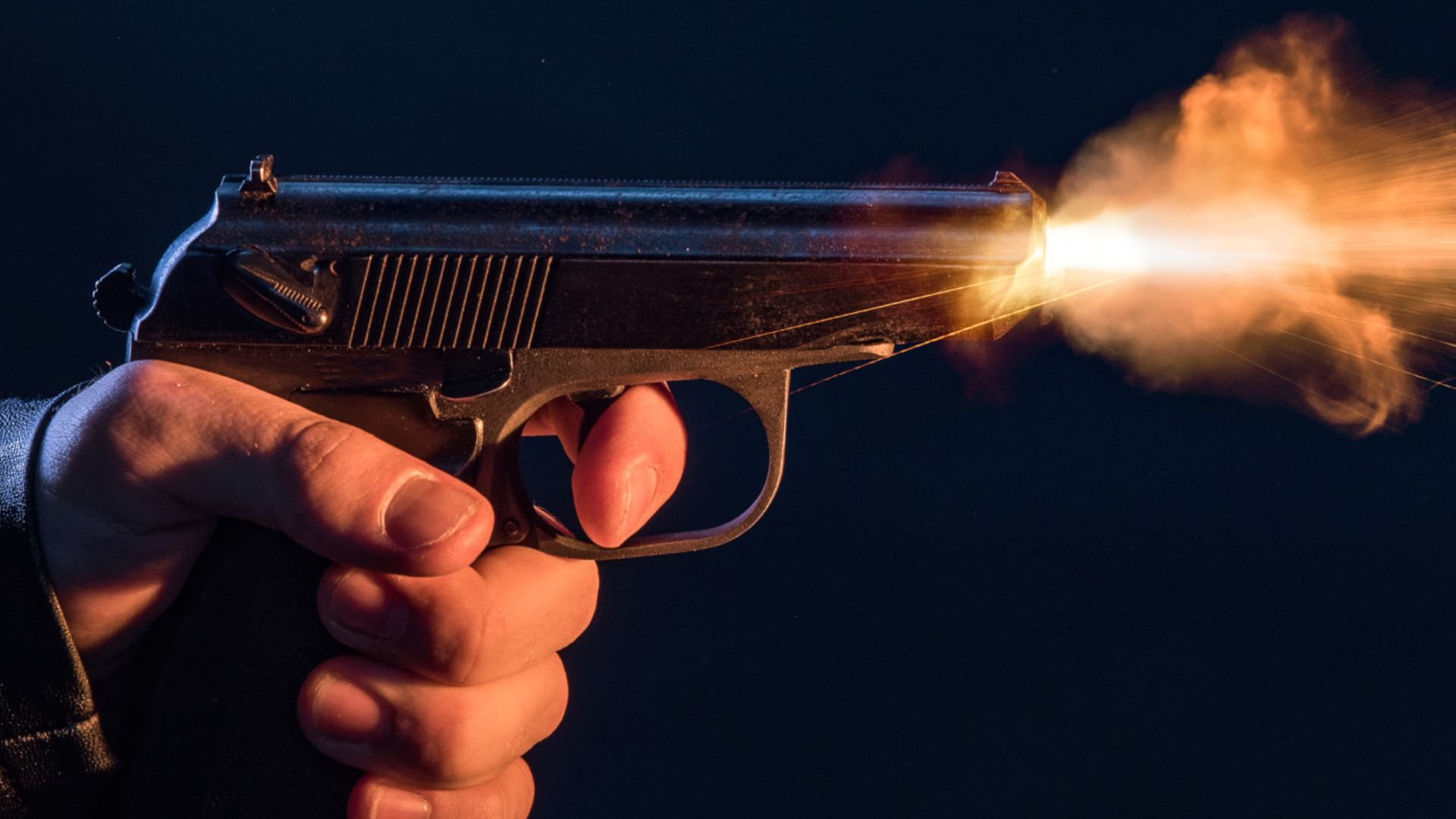

Gunshot Residue
Gun Shot Residue and Ballistics Analysis
When a firearm is discharged, along with the projectile(s) other material is ejected from the muzzle, typically in a cone-shape trajectory. Depending on the distance between the muzzle and target, ejected debris may land on the target object surrounding the bullet hole or blast area. Composed of residues from the primer, projectile, and partially and unburned gunpowder, a chemical residue may be detectable and used to confirm a link to a person that may have been near to or fired a weapon, and even determine the proximity of a shooter to the target. Bruker's compositional mapping solutions allow rapid elemental analysis and characterization of residues for most forensic investigation needs.
Gun Shot Distance Determination with micro-XRF
The chemical pattern of gun shot residue around a point of impact or bullet hole reveals important details about the discharge of a weapon. A trained forensic scientist can use the patterns of firearm residues on a target compared to a test pattern series, i.e. multiple samples produced by firing the suspected firearm from different known distances, to determine the proximity of muzzle to the target when a gun was fired.
The M4 TORNADO table-top micro-XRF instrument allows scan areas of up to
19 x 16 cm², providing full characterization of common sample sizes in a single scan. With 'on-the-fly' mapping the whole measurement area can be covered rapidly (less than 1 hour where needed), while still retaining a high pixel resolution and high sensitivity for the elements typically found in gunshot residues.
This firearm residue pattern example shows the distribution of burnt and unburnt gunpowder characteristics that can be used for shooting distance determination. The quality of this rapid high-resolution scan is sufficient to identify locations of fragments of the projectile and even to see the structure of the canvas.
Ballistic Test Chemical Pattern Distributions Produced to Determine the Muzzle-to-target Distance
The three reference shots each cover an area of
14 x 14 cm2 and were recorded within 3 hours.
Identifying the Cartridge Type by Infrared Microscopy
Gun powders for handguns and rifles are usually made of nitrocellulose. Therefore, the usual powder mixtures are chemically very similar and often identical, even in different cartridge types.
However, depending on the shape and size of the cartridge, there are differences in the combustion process when the bullet is fired. The figure on the right shows the infrared spectra before and after firing three types of cartridges at a shooting distance of 6 inches. The differences are clearly visible.
Obviously, it is extremely difficult to identify the actual chemical components on the cartridge's infrared spectra alone, considering the complexity of GSR analysis. However, infrared spectroscopy can help to assign the residues found to a certain cartridge type.
Gunshot Residue Analysis with XRD
Unlike other techniques which reveal the chemical composition of gunshot residue, X-ray Diffraction provides a quantitative analysis of the crystallographic phases that are present. This level of detail allows increased differentiation between very similar powder blends.
Other Bruker Solutions for GSR and Ballistics Analysis
Portable XRF
Bruker's TITAN and CTX XRF solutions for elemental analysis from Mg to U of solids and liquids in a fully mobile format. Used for rapid for identification of materials, or for fully quantitative compositional analysis.
TXRF
The field transportable S2 PICOFOX and lab-based S4 T-STAR total reflection XRF spectrometers for elemental analysis of liquids and solids down to sub-ppb detection limits without the need for complex lab infrastructure.
QUANTAX systems for scanning electron microscopy
QUANTAX EDS and WDS spectrometers and in-column micro-XRF for micron-scale compositional point analysis and mapping. Use Esprit's Feature option to conduct particle analysis of GSR and other fine particles.
FT-IR and Raman spectroscopy
We offer a selection of compact and powerful spectrometers for on-site and laboratory analysis, providing fast and reliable chemical analysis of evidence.
FT-IR and Raman microscopy
asd For micro chemical analysis we offer a comprehensive portfolio of Raman and Infrared microscopes that are perfectly suited to analyze smallest traces as well as brittle or sensitive evidence
X-ray Diffraction
Crystallographic structure, material properties and phase analysis of crystalline and amorphous powders, bulk materials and thin films.